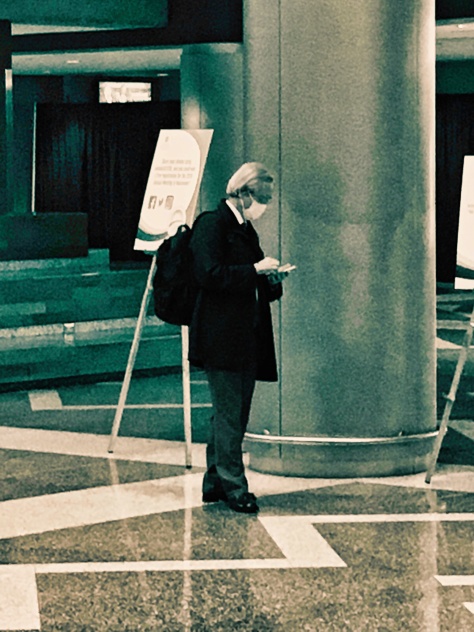
New Mexico and Covid-19 are only now becoming acquainted. (The state had about 50 confirmed cases as I began this post on March 20.) Yet the impact on everyday life has been astonishing, beyond anything I could have imagined. This is partly because our governor, Michelle Lujan Grisham, got out in front of the disease in a way that the federal government failed to do: schools, shopping centers, bars, and government offices closed earlier than in most other states, with hotels and restaurants on limited service if they remain open at all. In common with virtually all non-profit cultural institutions, the School for Advanced Research closed to the public on March 15, much of its staff working from home. The rest of us are spread out over the developed part of our 15-acre campus and keeping our distance with one another. I won’t be surprised if Santa Fe, and perhaps rest of the state, is soon in total lock-down.
What follows are some vignettes of the Plague Days.
A visitor from a Covid-19 hot zone. This must happen a lot now. A friend calls on short notice. He’s driving from one of the metropolitan centers experiencing a high rate of infection, headed to the Midwest. He’d like to get together for a drink. Ordinarily, you would agree to this instantly. You would welcome the opportunity to see a friend after years of separation. But the pandemic provokes other emotions. Hesitation. Wariness. Guilt. Then strategizing: where to meet so as to minimize risk. You agree to the meeting. Your friend bumps elbows in lieu of a handshake; he’s hip to the situation. You sit the required six feet apart. It’s good to share stories of family and work. Still, there’s a lingering sense of doubt and failure: failure to maintain stringent social isolation, and doubt that you have fully honored your commitment to your own safety and those who depend on you.
They didn’t get the memo. I decided that I needed access to a bicycle to survive—physically and mentally—the personal distancing that’s likely to continue for months. Riding as an antidote to cabin fever. Against the odds, I found a bike shop that was open. The pleasant, mostly twenty-something staff seemed completely oblivious to the Last Days look of the streets and surrounding stores, all closed up. Four young men with the requisite gimme caps and tats huddled close together in the repair shop corner of the store, peering at an exotic mountain bike on a stand. The young man in sales showed me a couple of basic hybrids. In the middle of the sales pitch, an older man, probably in his mid-70s and, by the look of him, the store’s owner, breaks into the conversation. He stands inches away from me, and I’m thinking, “WTF? Doesn’t this guy know that he’s in the cross-hairs of the epidemic? Doesn’t he care about his employees, who are cheerfully clueless about the situation?” But rather than explore those questions at such close range, I pay for a bike as fast as possible and load it into the car. Then grab the hand sanitizer.
Life calculus. The opening salvo of a debate certain to intensify was fired in today’s Wall Street Journal (March 23, 2020) under the headline “As Economic Toll Mounts, Nation Ponders the Trade-Offs: The cost of confronting the pandemic is millions of jobs and trillions in wealth lost to save potentially millions of lives.” What this means is that officials in Washington are starting to weigh the cost of saving lives through social separation against the damage this is doing to the economy. The calculus, in other words, is whether losing hundreds of thousands of lives (disproportionately the lives of seniors) is worth the national sacrifice associated with essentially shutting down the economy for months.
In a tweet released today, the president said (and I presume the all-caps format is his): “AT THE END OF THE 15 DAY PERIOD, WE WILL MAKE A DECISION AS TO WHICH WAY WE WANT TO GO!” The scenario implied by this is that after a fortnight the restaurants and bars and shopping malls will reopen . . . and Devil take the hindmost.
A more plausible and, to some, marginally more palatable scenario goes like this: When roughly fifty percent (or some higher or lower number) of the American population has been afflicted by the virus and survived, presumably conferring immunity, the decision is made to put those people back to work, get the planes back in the air, and hope that the medical system can deal with the continuing flood of seriously ill victims.
This will present a moral dilemma for organizations such as SAR: Do we open our doors again at the risk of the health of a non-trivial percentage of our staff and members? SAR can probably weather a longer shutdown than many other non-profits, but at some point the more precariously positioned organizations will have to schedule their fundraisers, classes, performances, lectures, or whatever else their mission requires even if there is a significant risk to the public.
This is the kind of scenario that keeps me awake at night.

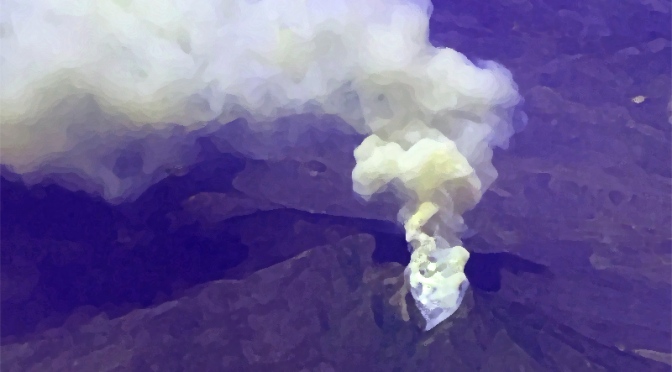
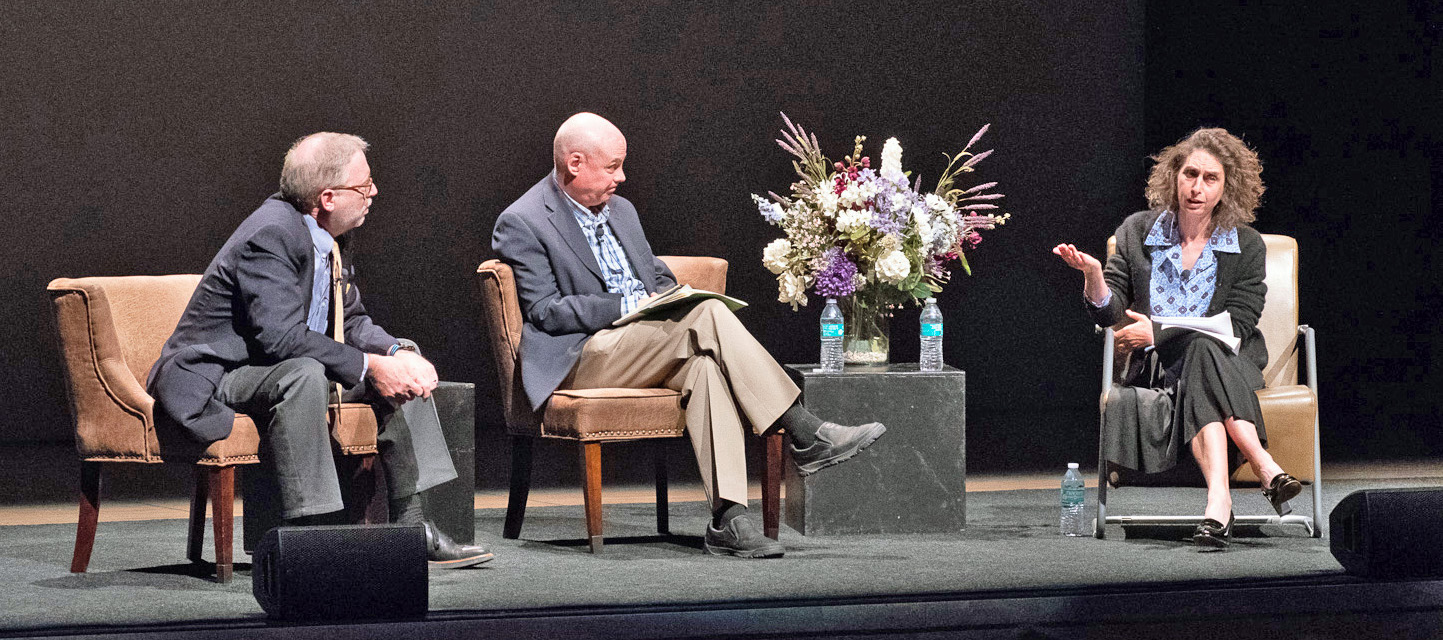
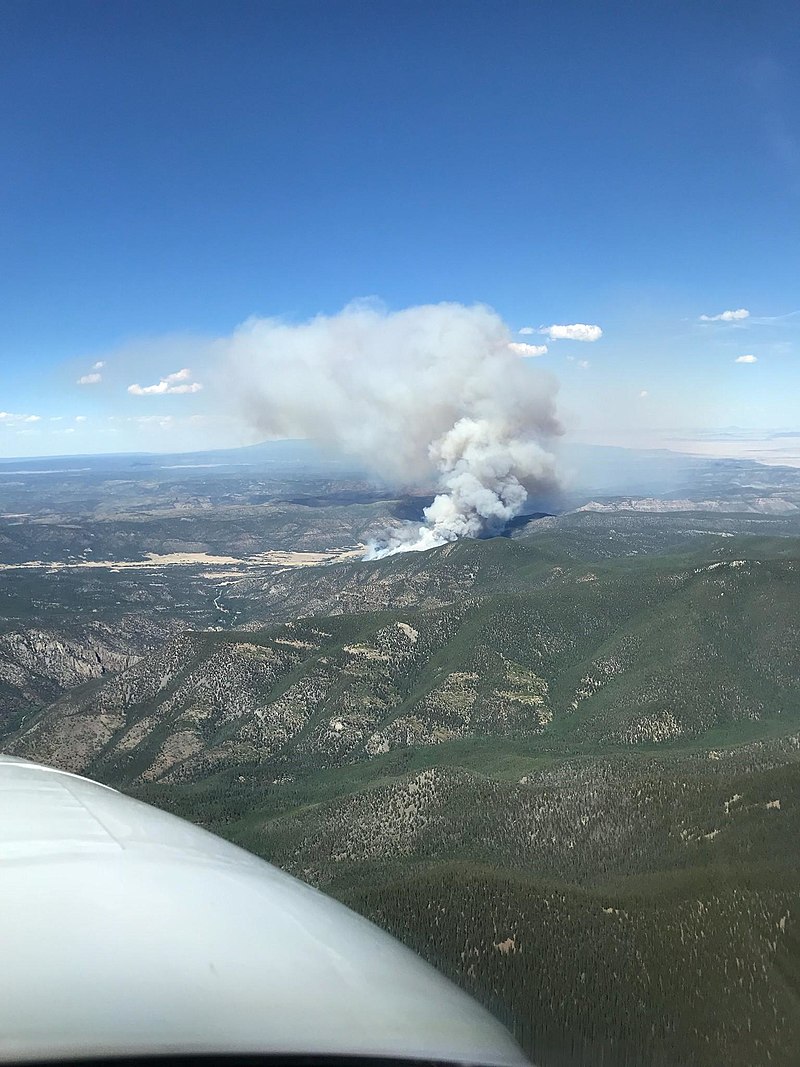

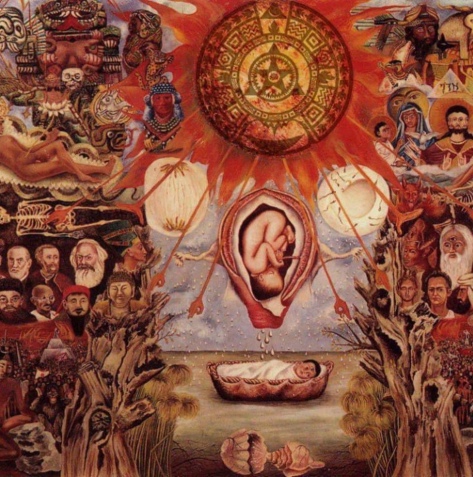


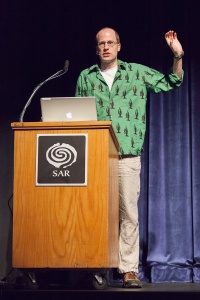
You must be logged in to post a comment.